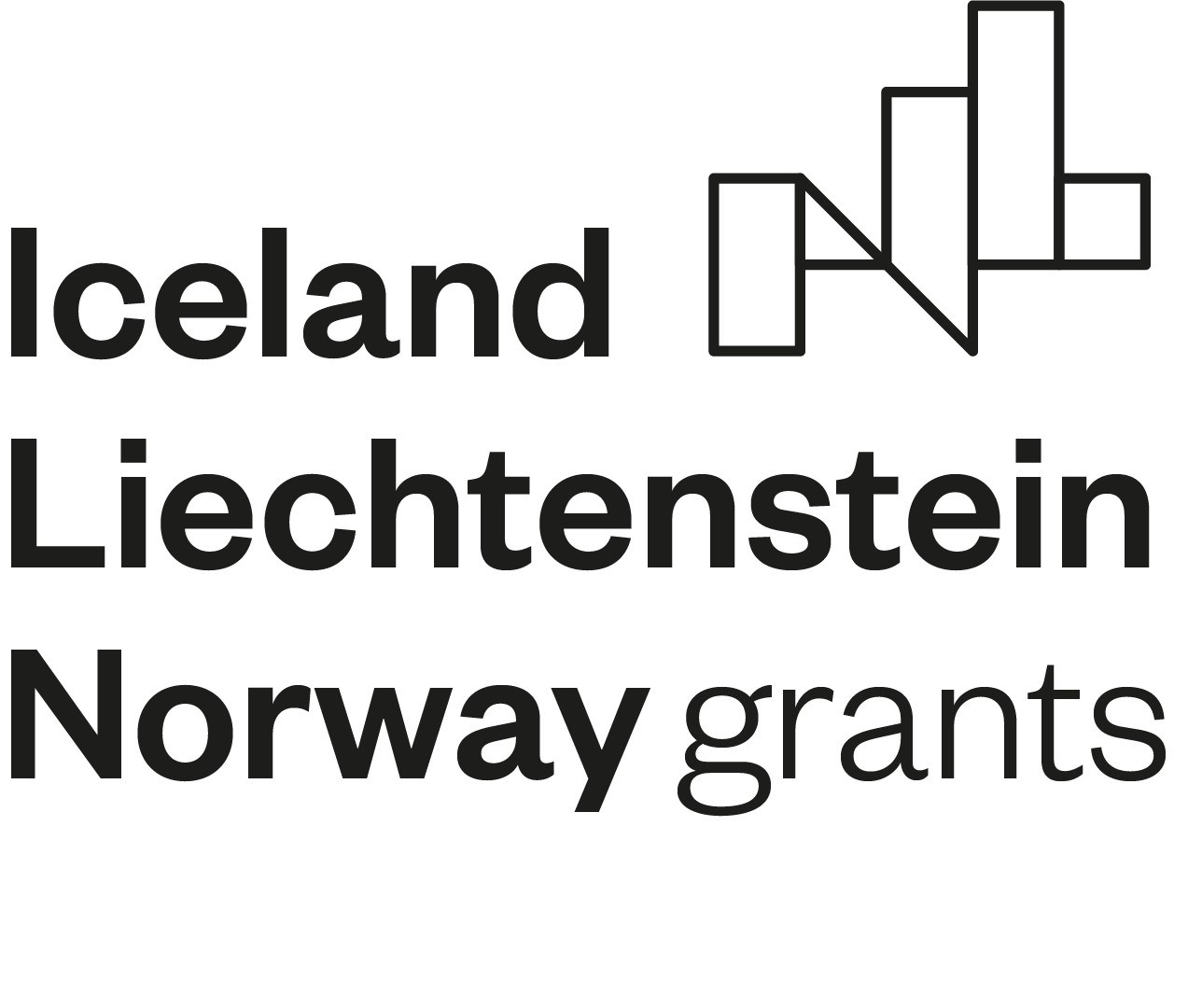Collaborative Initiative for Innovation in Light
Collaborative Initiative for Innovation in Light

Promoter: Universidade de Aveiro
Partners:Departamento de Química da Universidade de Aveiro;
The Norwegian Radium Hospital, Oslo University Hospital.
EEA Grants: 11 385,63 €
Total Amount: 13 056,63 €
Grace Code: PT-BI056
Programme:What did this initiative focus on?
This initiative focuses on the research of light interaction with organic molecules, specifically synthesizing novel light-triggered chemical entities with proven biological activity against cancer cells and pathogen inactivation. The approach involves utilizing photodynamic therapy (PDT) as a therapeutic method, which is an approved treatment based on the administration of a photosensitizer (PS). Light serves as an excellent tool in this context, as it is non-invasive and can be delivered quickly and controllably to precise locations.
Despite the known advantages of photodynamic therapy, one of its main drawbacks is skin photosensitivity due to the lack of selectivity of the photosensitizer and insufficient accumulation in target tissues. Various approaches have been employed to address these drawbacks. In recent years, the research team at Oslo University Hospital (OUH) has developed and disclosed an innovative technology based on Photochemical Internalization (PCI) for the release of macromolecules into the cell cytosol.
The objectives and outcomes of this bilateral collaboration are as follows:
Objectives:
- Foster strategic cooperation, networking, knowledge exchange, and the implementation of additional joint initiatives beyond the current action;
- Develop a synergistic technological/scientific platform to leverage the University of Aveiro's expertise in Light Assisted Drug Delivery (PCI) with the Oslo University Hospital's knowledge;
- Develop an efficient and selective 'magic bullet' based on PCI to internalize and vectorize activated PSs, enhancing the outcome of PDT.
Expected Results:
- Guidance for the research team and doctoral students;
- Training of graduate students in the PCI approach;
- Organization of a workshop for the academic community;
- Technical cooperation for the preparation of joint grant applications;
- Joint academic publications in the field.